Optimal Seasons for Foundation Repairs
Foundation repairs are most effectively performed during specific seasons when soil conditions and weather patterns are favorable. Proper timing can help ensure the longevity and stability of repairs, reducing potential complications caused by environmental factors.
In regions with distinct seasonal changes, such as Marion, Ohio, late summer and early fall typically offer optimal conditions for foundation work. During these periods, soil moisture levels are more stable, minimizing the risk of shifting or further settling after repairs.
Spring can be suitable for foundation repairs due to moderate weather, but excessive rain may delay work or affect soil stability.
Late summer offers dry, warm weather, which facilitates easier excavation and repair work. However, high temperatures can impact curing times for certain materials.
Fall provides cooler temperatures and less rainfall, creating favorable conditions for foundation repairs before winter.
Winter is generally less ideal due to freezing temperatures, frozen ground, and increased moisture risks, which can hinder repair processes.

A crew performing foundation stabilization work outdoors.
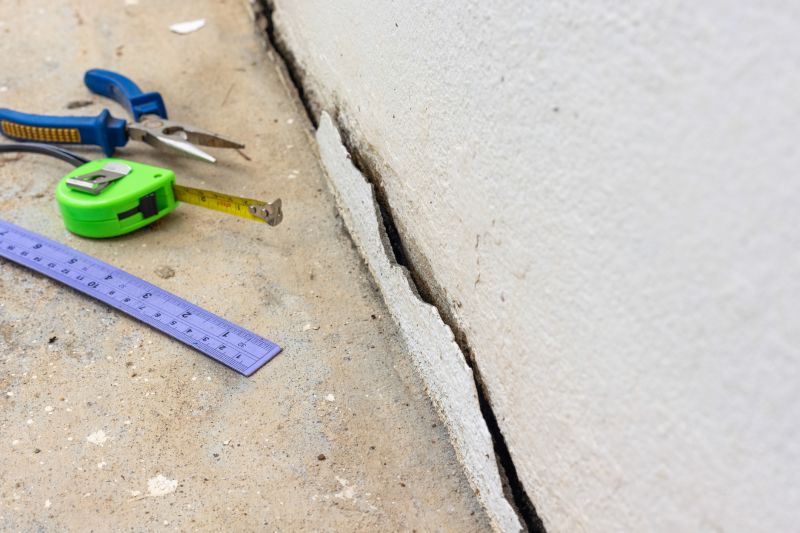
Technicians evaluating soil conditions before repairs.
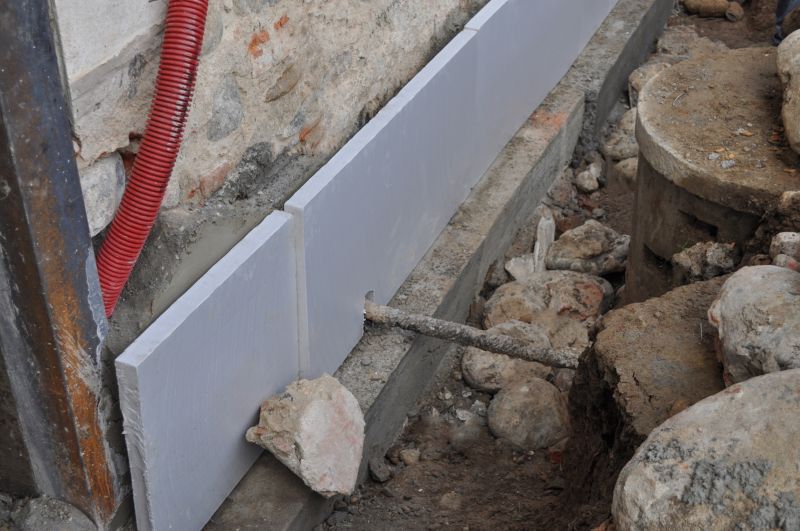
Installation of underpinning supports to stabilize a foundation.
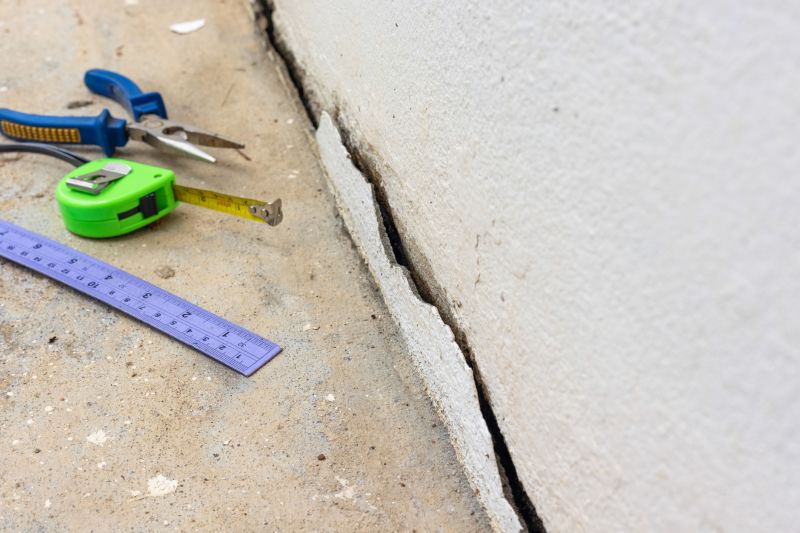
Ways to make Foundation Repairs work in tight or awkward layouts.
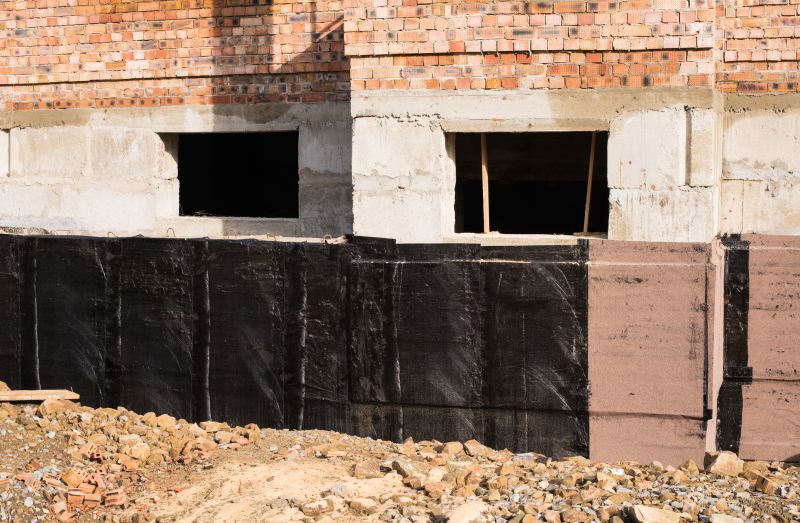
Popular materials for Foundation Repairs and why they hold up over time.
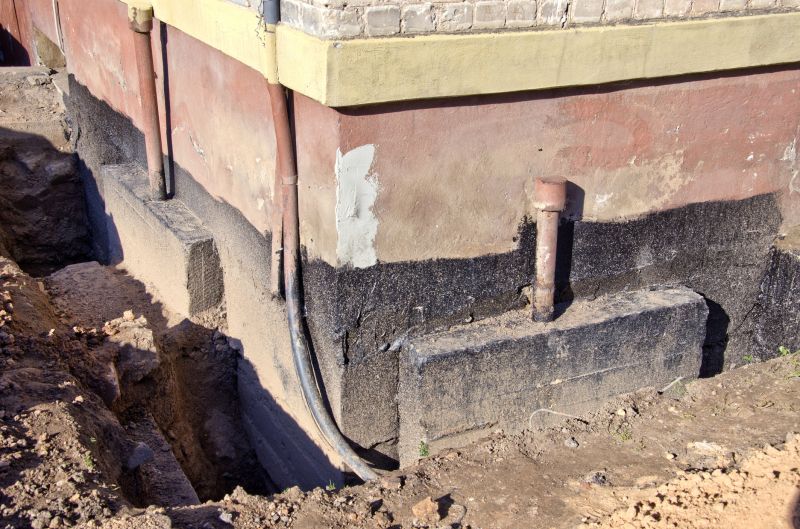
Simple add-ons that improve Foundation Repairs without blowing the budget.
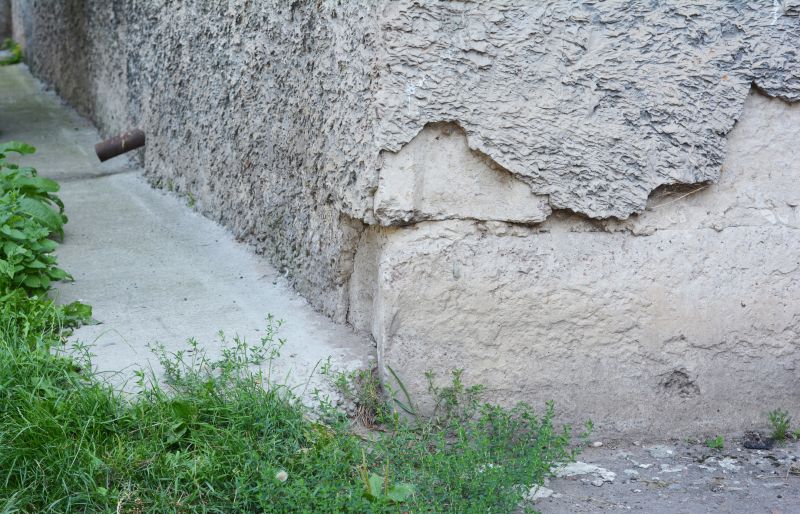
High-end options that actually feel worth it for Foundation Repairs.
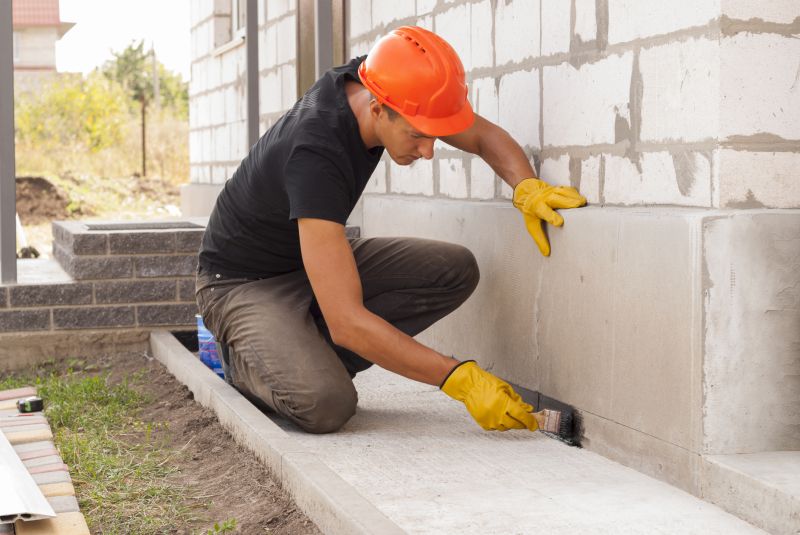
Finishes and colors that play nicely with Foundation Repairs.
| Season | Ideal Conditions |
|---|---|
| Spring | Moderate weather, potential for rain delays |
| Summer | Warm, dry weather, good for excavation |
| Fall | Cool temperatures, minimal rain, ideal for repairs |
| Winter | Freezing temperatures, soil is frozen, not recommended |
Foundation repairs involve addressing issues such as settling, cracking, or shifting that compromise the stability of a structure. These repairs can include underpinning, piering, or stabilization techniques designed to restore integrity. Proper timing is essential to ensure that repairs are effective and durable, minimizing the risk of future problems.
Statistics indicate that performing foundation repairs during optimal seasons can extend the lifespan of the repair work by reducing environmental stress. In areas like Marion, Ohio, scheduling repairs in late summer or early fall aligns with soil conditions and weather patterns, leading to more successful outcomes.
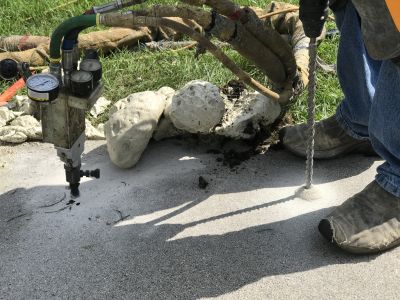
Specialized tools used in underpinning and stabilization.

A visible crack indicating the need for repair.

Injecting soil with stabilization materials.
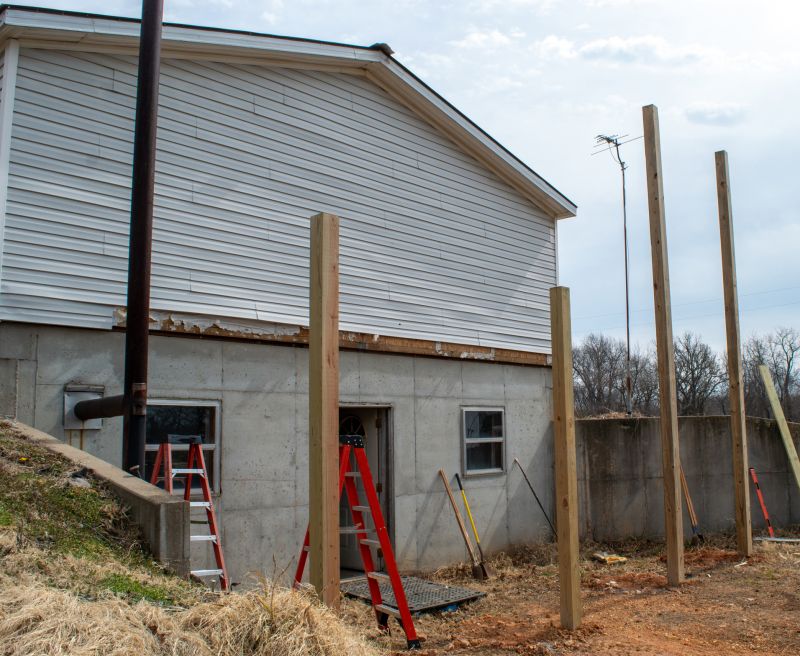
A stable, reinforced foundation after repairs.

Little measurements that prevent headaches on Foundation Repairs day.

A 60-second routine that keeps Foundation Repairs looking new.

A frequent mistake in Foundation Repairs and how to dodge it.

Small tweaks to make Foundation Repairs safer and easier to use.
Interested in foundation repairs? Filling out the contact form can provide more information about scheduling and options tailored to specific needs. Proper timing and professional assessment are key to ensuring a stable and lasting foundation.

